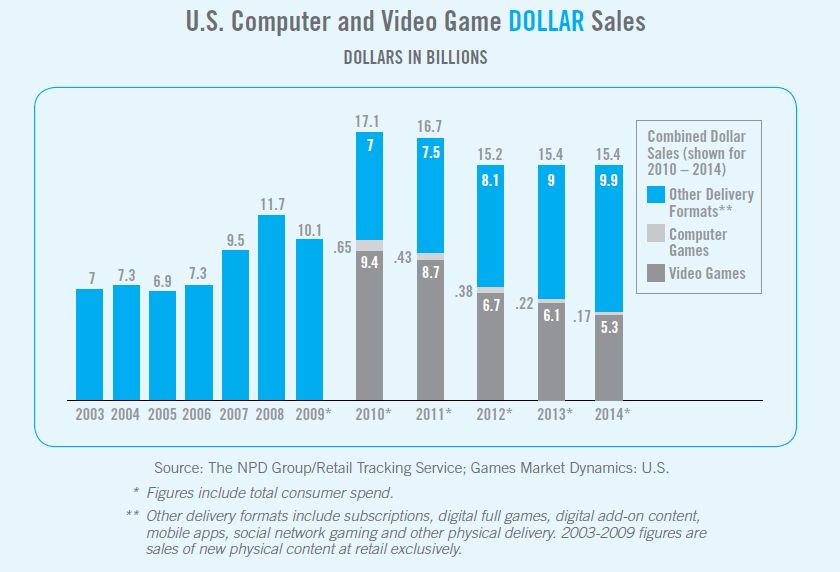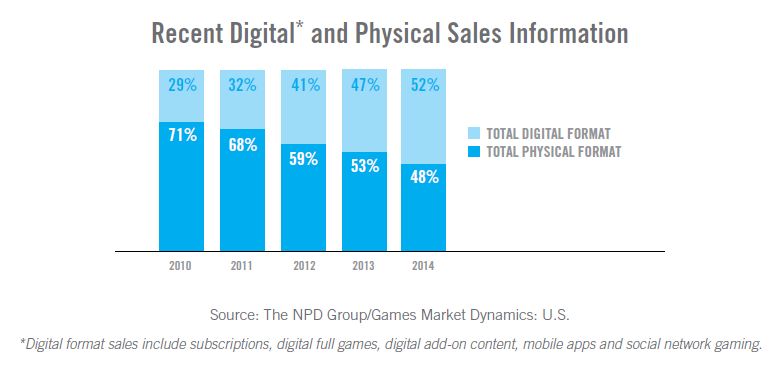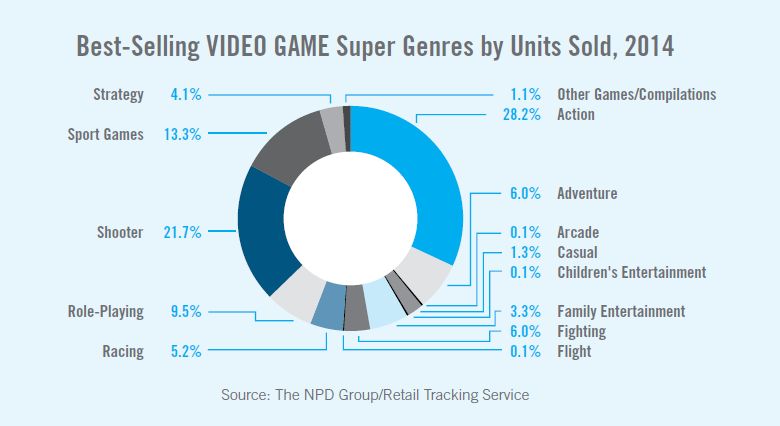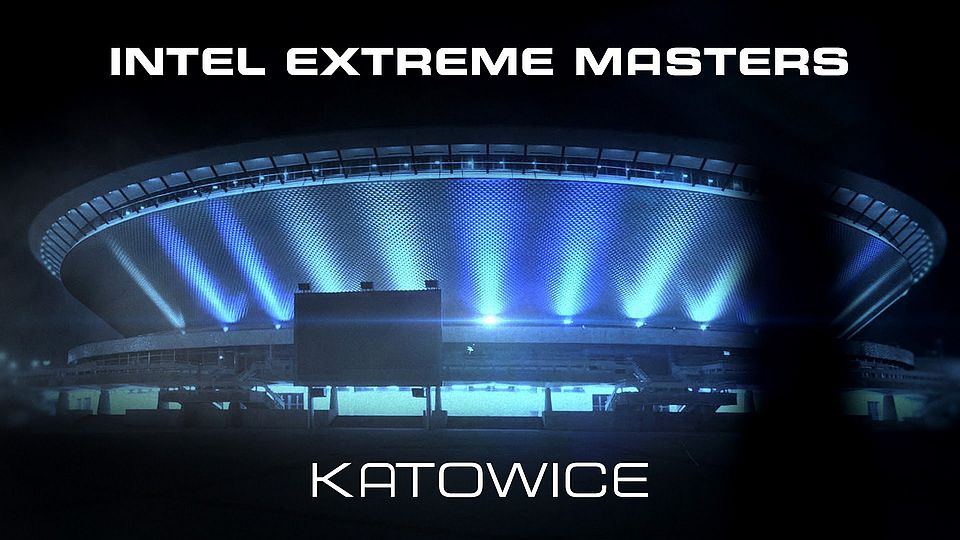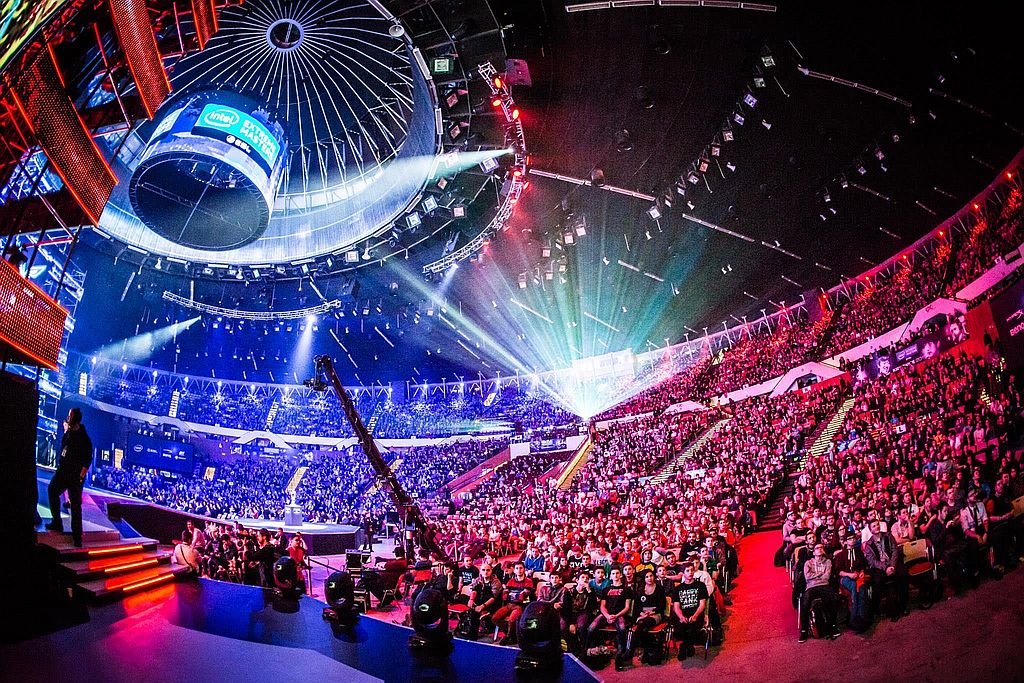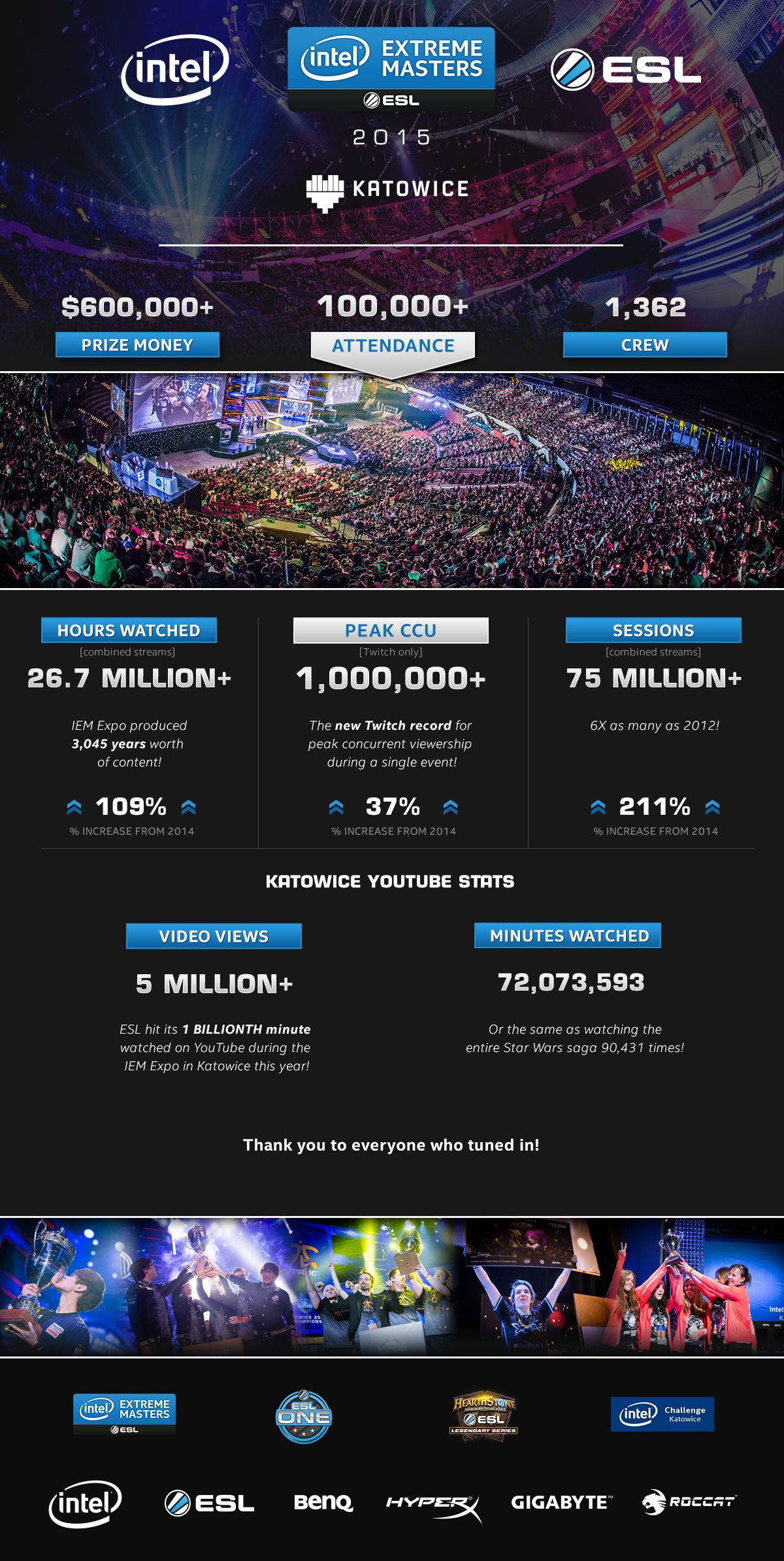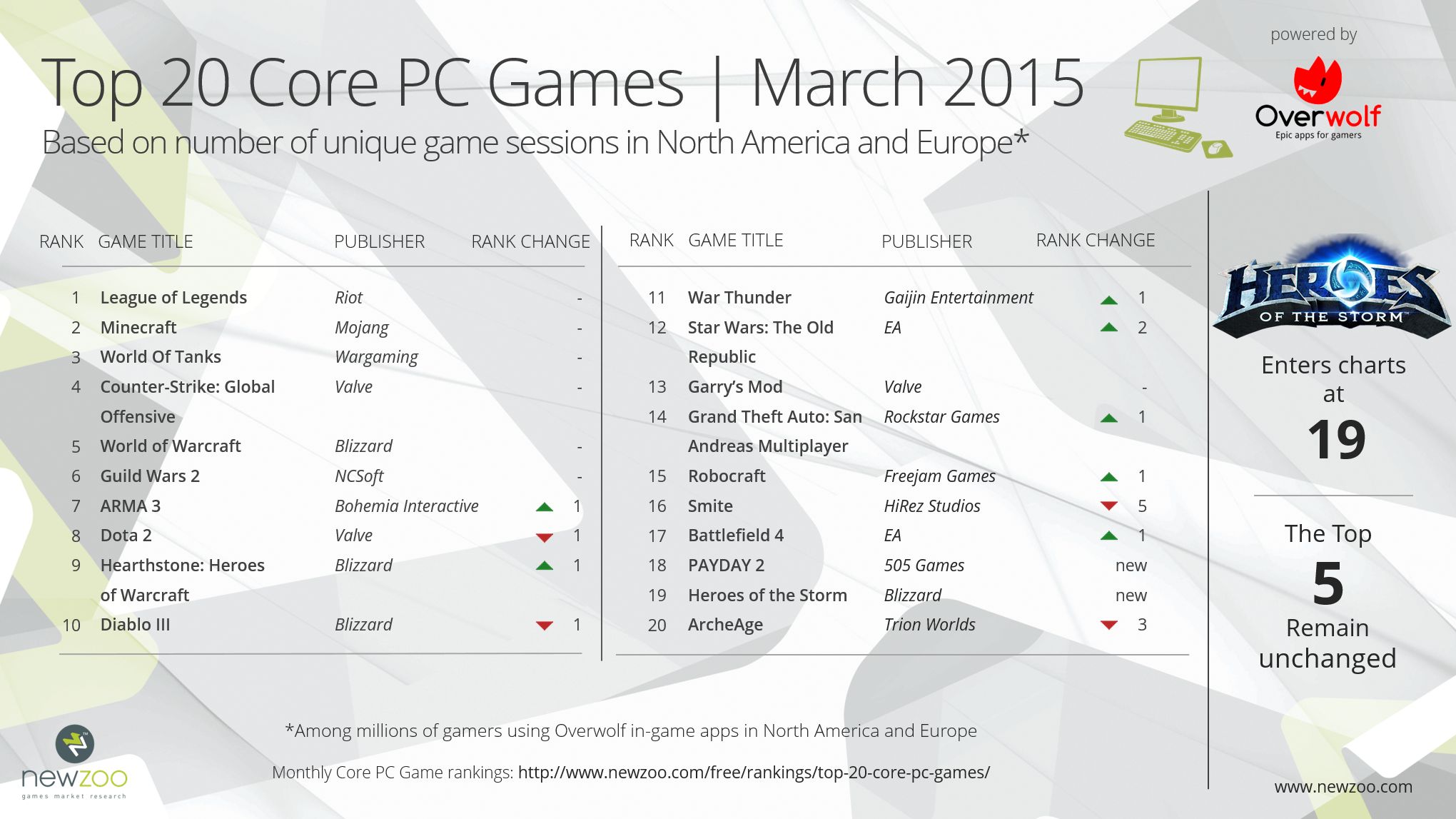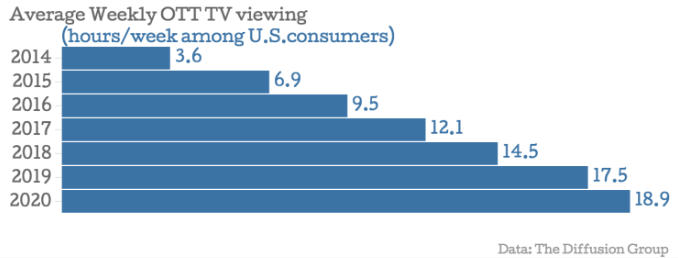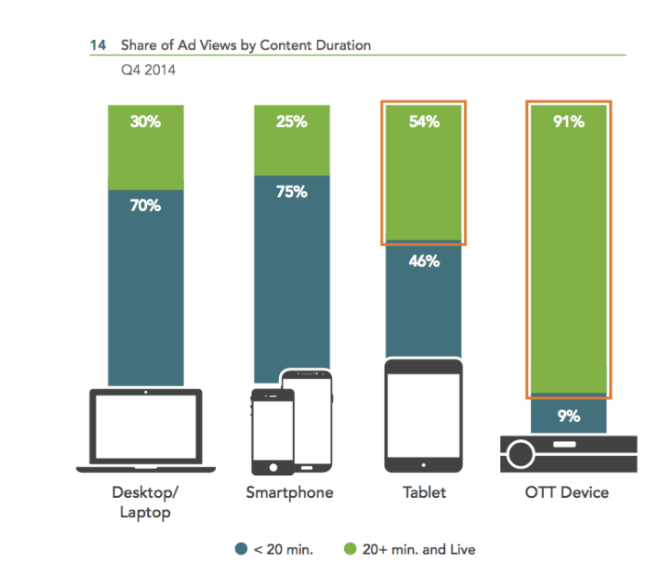Periscope has been making the rounds on the live-streaming front for a few weeks now, ever since Twitter effectively introduced it last month. But just how good is it when it comes to sharing certain moments within a user’s life That’s exactly what Jack Smith IV intended to find out.
As reported by Adweek, the technology reporter for Observer’s Innovation blog decided to experiment with the app, to see what kind of audience he could generate, as well as any problems that managed to get in the way on his journey to become a “Periscope Jesus” of sorts.
A starting stream managed to acquire 200 viewers in a short time frame, but it jettisoned up to 3,000 views with a following one, in which he requested users to “ask me anything” over a two and a half hour time period. Similar to live Reddit AMA interviews, this could be a format that some could use on the promotional front in the months ahead.
As far as Periscope’s effectiveness is concerned, its biggest factor is interactivity, according to Smith. “What streaming apps are really for is interaction, and as much of it as possible,” he noted in his report. “The appeal for most viewers is that ability to reach through the stream and affect you from their remote perches, hidden behind their phones thousands of miles away. If a broadcaster never responds to comments, that person begins to hemorrhage followers.”
Intimacy can also play a big part with streams. “A lot of times, they want to go deep, partially because it’s exciting to elicit intimate statements from a stranger but partially because familiarity is why they keep coming back,” he noted. “Many Periscope broadcasters engage with commenters, but leave their viewers disappointed when they don’t go deep, have strong opinions or answer sensitive questions. And their audiences turn on them for it.”
That’s not to say it’s a perfect experience on all fronts, though. Smith quickly noted that organic content discovery is bad at the moment, and that Periscope isn’t an ideal format for long-term interactions with others, unlike, say, a Twitch stream. The app also has mild performance issues, and sharing content with others isn’t quite as easy as it seems.
While Periscope still has a ways to go when it comes to gaining speed in the social media world, it’s definitely getting somewhere, especially with certain brands trying the format out. It’s just a matter of time to see if the live-streaming format can catch on with more audiences – or if streamers have something to offer.
